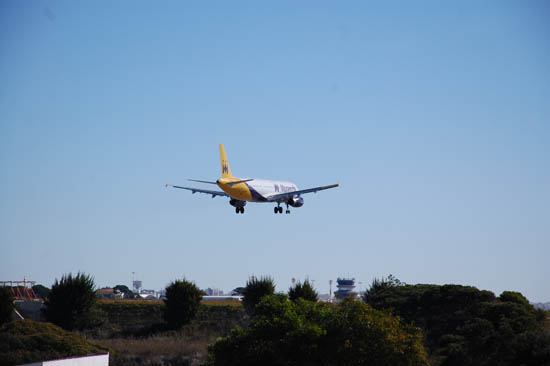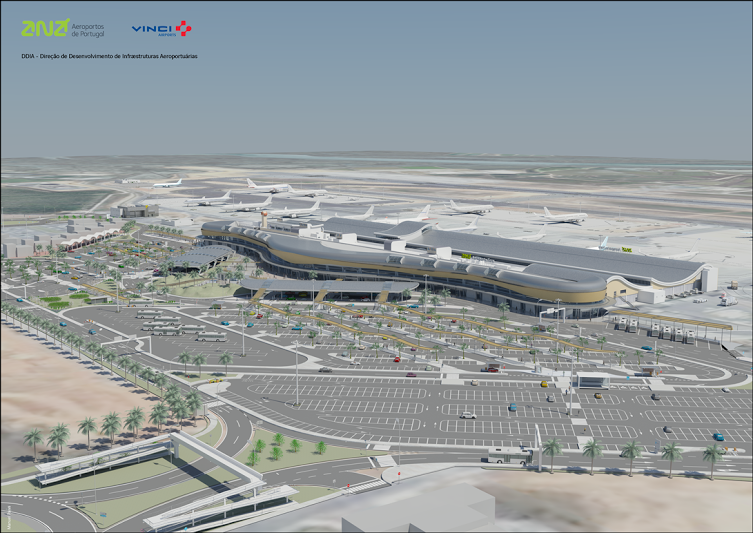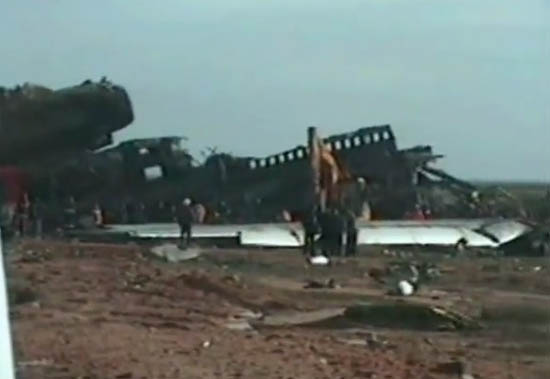 the airport of Faro celebrated, the November 30, 2014, a milestone in regional and national aviation, reaching 6 million passengers/year. A very different number from the one reached in its first year of operation, in 1966, when the Algarve runway almost reached 59 passengers.
the airport of Faro celebrated, the November 30, 2014, a milestone in regional and national aviation, reaching 6 million passengers/year. A very different number from the one reached in its first year of operation, in 1966, when the Algarve runway almost reached 59 passengers.
In 2005, at the age of 40, the Airport of Faro it reached 4,5 million passengers, a barrier that it quickly surpassed in 2006, when, through the arrival gates, you (or madam?) passed 5 million.
Since that year, the processing capacity of aircraft/hour in Faro it went from 22 to 24 movements, maintaining, however, the capacity of processing passengers in the terminal of 2400 passengers/hour, in each direction.
Between 2006 and 2014, the Airport of Faro presented an average annual passenger growth rate of around 2.5%, and in this configuration it always sought to adapt to new demands and the growth of the market and the customer Low Cost.
There was also an increase of 11 percentage points (ASQ Survey data) which make the Airport staff a clear highlight for the courtesy and efficiency of services, in terms of Check-in, Border Control and Security.
During this period, the loyalty of the main markets that serve the Airport of Faro and the Algarve region: 1st United Kingdom; 2nd Germany; 3rd Ireland; 4th Netherlands; 5th Portugal.
Ryanair is the main company in Faro, with more than 1.7 million passengers in 2014 (estimated), and represents 28% of total traffic for the year.
The year 2014, after surpassing the 6 million barrier on 30 November, came to an end with 6.166.927 passengers, according to data from the ANA Traffic Report, to which the Sul Informação had access. A performance that translated into an increase of 3,1% compared to 2013.

Yesterday, one day before the fiftieth anniversary, which is being commemorated today, the administration of VINCI and ANA Aeroportos was in force in the Algarve to to present the work of the new Aerogare, which will cost 32,8 million euros, and which should be ready in March 2017.
When the terminal expansion and remodeling works, which start in October, are completed, the current capacity of 24 movements/hour on the runway will increase to 30 movements/hour.
In terms of passengers, in each direction, the airport will now be able to process 3000 passengers/hour, instead of the current 2400 passengers/hour.
One of the reasons for this increase is the increase in the number of security checkpoints from the current 11 to 17, and the number of passport control posts, which usually causes delays in the arrival of passengers, from 8 to 10.
In terms of dates, the most important are the opening date, 11 July 1965, the construction of the new terminal, in 1989, and the opening of the ILS automatic landing system, in 2003.
But there are even less happy dates to remember. The main one is on December 21, 1992, when, at 7:33:20, a DC-10 charter plane from the Martinair Netherlands company, coming from Amsterdam, crashed on runway 11 at the airport of Faro, causing 56 dead, 106 seriously injured and 178 light or uninjured, among passengers and crew.
This was the worst accident in the history of the Algarve's infrastructure and one of the worst air accidents in Portugal.

The causes? According to the accident report made by the DGAC, it was a mixture of things that went wrong: the adverse weather conditions, with heavy rain that caused the runway to flood – vital information transmitted by the Control Tower to the plane, but which was not properly understood - the fact that the landing was being commanded by the copilot, the late response of the captain, when he realized that the aircraft had descended too quickly, unsuccessfully trying to correct the trajectory, the instability caused by the cross winds, the premature reduction the power of the engines.
As a result of this succession, the aircraft touched the ground at high speed and unbalanced, first with the right landing gear, which broke. Hitting the engine and the right wing on the ground, the plane drags itself along the runway for about 30 meters and makes a rotation movement, until it reaches the belly-up position.
The fuselage breaks in two and the fuel that was still in the tanks explodes and causes a fire that will destroy the entire rear area of the plane.
More recently, bad weather has once again caused damage at the airport, this time with no casualties, albeit with considerable damage. It was at dawn on October 24, 2011, when an atmospheric phenomenon known as downburst, causing strong winds, it destroyed and caused part of the terminal's cover to fall, in two different points of the free access area of the passenger terminal, causing five light injuries.
The situation at the Airport of Faro it took a few more months to fully normalize.


















Comments